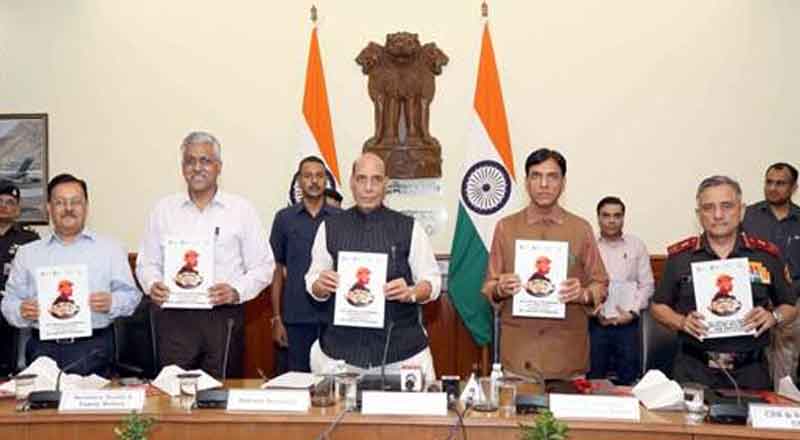Digital transformation brings technology into people’s everyday life and enhances business performance than ever before they serve their customers. We can’t deny the fact that, customer experience plays a vital role in the digital transformation journey as customers are the king of today’s business success. They are the growth driver of whether a company is small or large, regardless of its location or functional areas. In summary, digital transformation is forcing companies to change their business models and adapt to the new market reality
At this difficult time, it is never wise to fully bend towards the model of e-commerce or the on-line mode. Ideally, the OEM’s have to run their traditional options through the off-line or retailer channels for long term sustainability, else a start-up or the challenging brands would take the market share. Digital technology has transformed consumer habits and at the same time the outbreak has had some of the most acute implications on global economies. The vast majority of private and public institutions have been put on edge and are being forced to mitigate these unforeseen contingencies by adopting the swiftest and most dynamic mechanisms.
As almost every industry has resorted to online channels in a bid to survive and thrive, India’s smartphone industry is no exception. The share of online smartphone sales in India reached an all-time high in Q2 2020. The online channels especially Flipkart and Amazon quickly restored their operations post lockdown to deliver non-essentials items including smartphones. The online channels accounted for 45% of the total smartphone sales in Q2 2020.
Now the question is – can Digital technology raise an early alarm towards health security? A survey says Digital health technology can facilitate pandemic strategy and response in ways that are difficult to achieve manually. Certain countries have integrated digital technology into government-coordinated containment and mitigation processes—including surveillance, testing, contact tracing, and strict quarantine—which could be associated with the early flattening of their incidence curves, which is a bare necessity and it is an opportunity for the tech companies to come out with the solutions. Going forward, digital technologies can change hospitals globally.
Since, every year, unnamed and unidentified diseases put hundreds of people at risk in India. This is despite an elaborate system for disease surveillance in the country and many of them could be like novel zoonotics.
We must understand what a zoonosis is? It is a microorganism that is pathogenic, but one that is carried by an animal and transferred to humans. A zoonotic disease may be a virus, parasite, fungus, or bacteria. Most viruses transferred in this way are manifested by a mild respiratory infection similar to the common cold. However, occasionally a zoonosis or zoonotic disease can be fatal or even cause a pandemic.
According to the Centre for Disease Control and Prevention, more than 60% of known infectious diseases originated in animals but now can be transferred from human to human. Zoonotic diseases are not new. Historically, the great pandemic of Spanish flu is theorized to have originated in bats. More recently, swine flu and avian (bird) flu have been characterized as zoonotic conditions. Ebola virus is hypothesized to have originated among bats or nonhuman primates.





